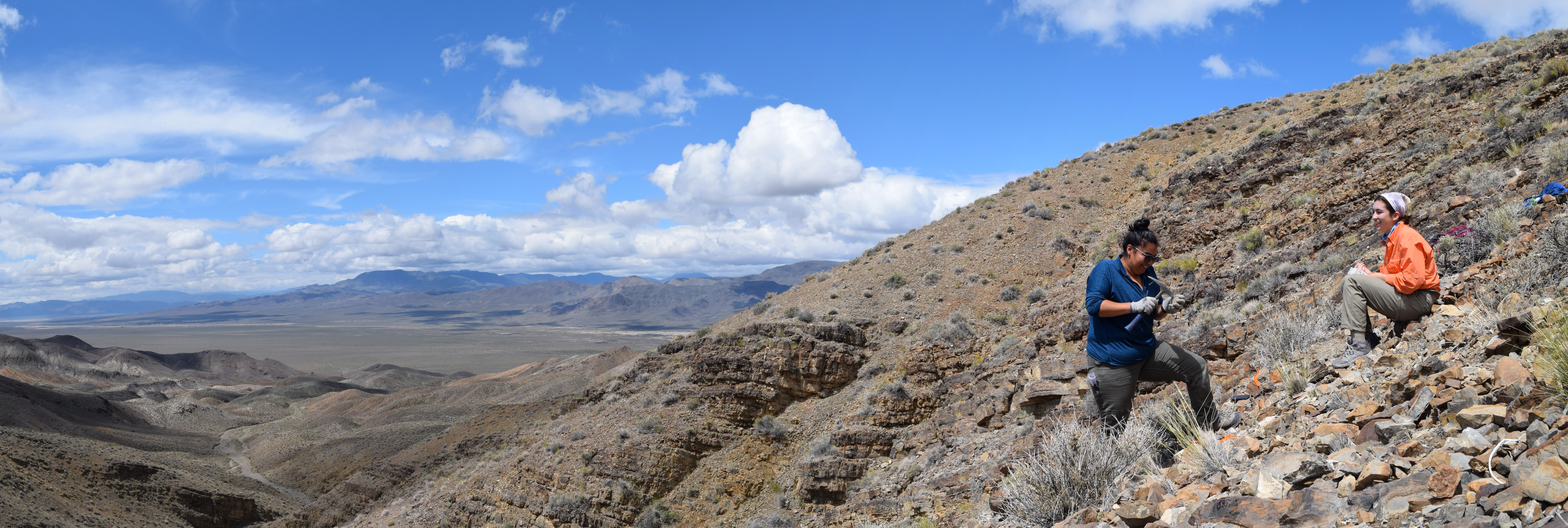

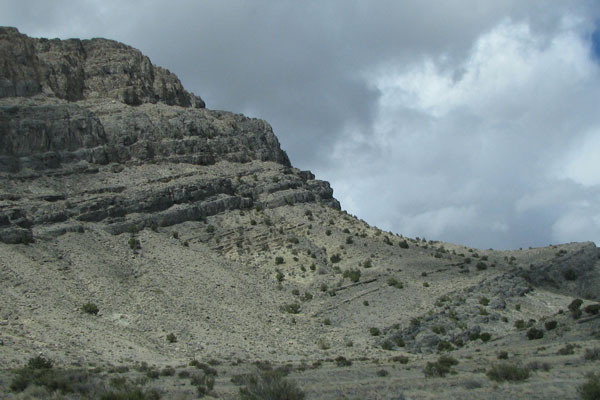
Certain time intervals during the Paleozoic Era (542 to 251 million years ago) display major perturbations to the global carbon, sulfur and other elemental cycles, which appear to correspond to episodes of diversification and extinction recorded in the fossil record. The goal of this research is to indentify changes in these elemental cycles and to delineate their precise timing and relation to these biological events. Time intervals that are targets of this work include the Cambrian, Ordovician, Devonian, and Carboniferous. Field sites include locations in South Korea, China, the Great Basin and the Appalachians of the USA.
Group Members
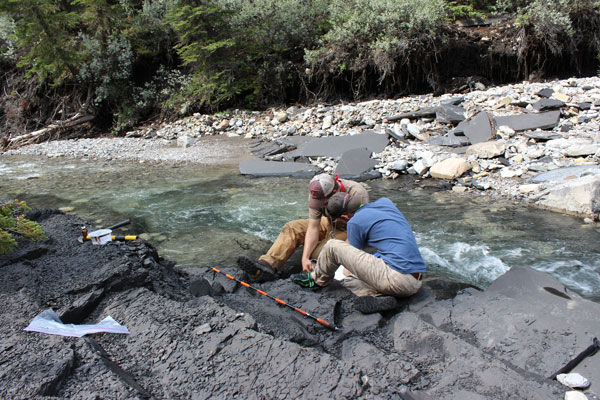
Particular portions of the Mesozoic Era (251 to 65 million years ago) are characterized by widespread deposition of organic-rich sediments under anoxic conditions within the ocean. These time intervals are known as oceanic anoxic events or OAEs. Importantly, the sudden appearance of anoxia in the oceans has been as linked to rapid increases in greenhouse gases in the atmosphere. Not surprisingly, these intervals also contain large perturbations to the global carbon cycle, as well as the sulfur and redox sensitive metal cycles. Like our studies in the Paleozoic, this work involves the construction detailed chemostratigraphic records and the application numerical modeling techniques to simulate elemental cycles. Additionally the iron and trace metal contents of the black shales (the former organic-rich sediments) also contain vital information on the local and global redox state of the oceans. Currently the subjects of study of our group are the Toarcian OAE of the Jurassic Period and Triassic-Jurassic Mass Extinction. Field locations include the United Kingdom, Germany, Western Canada, and the Great Basin and Alaska, USA.
Group Members

Many of the major changes in the environment — oxygenation of the surface Earth, Snowball Earth Events, etc. — appear to be related to the timing of major evolutionary events in the history of life — the rise of multicellularity, the diversification eukaryotes, proliferation of land plants, etc. The goal our research in this area is to identify the extent of these changes in Earth's environment and biogeochemical cycles and the potential consequences that these changes had on the evolution of life. These studies utilize new geochmical data, large databases of geochemical data from the sedimentary record, statistical analysis of these databases, and numerical modeling of biogeochemical cycles based on these data and subsequent analyses.
Collaborators
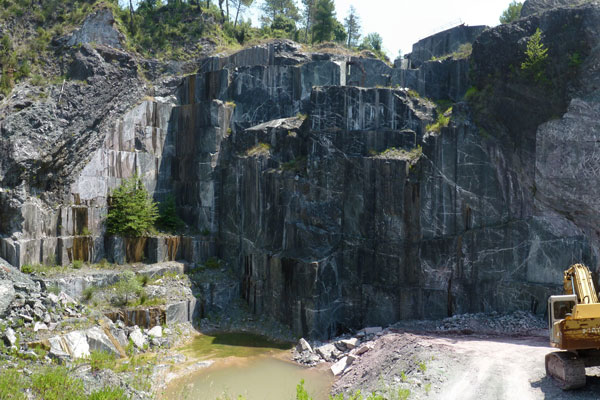
Geochemical cycles have processes that occur over a wide range of temperatures. Reactions occur at the interface between high and low temperatures, like those that occur during the serpentinization of ultramafic rocks and contact metamorphism, are particularily important because they can play major roles in global biogeochemical cycles. For example, serpentinization is a unique chemical reaction that can support microbial activity through formation of hydrogen and/or methane-rich fluids. Contact metamorphosm of sedimentary rock can produce volatiles that can enter the atmosphere and oceans and affect the enivronment and climate. Our investigations seek to understand the cycling of sulfur and carbon in these systems. Study sites for serpentinization include the ophiolite sequences in the Northern Apennine, Italy and Santa Elena, Costa Rica, as well as submarine sites off the Iberian Margin and the 15°20'N fracture zone along the Mid-Atlantic Ridge.
Collaborators
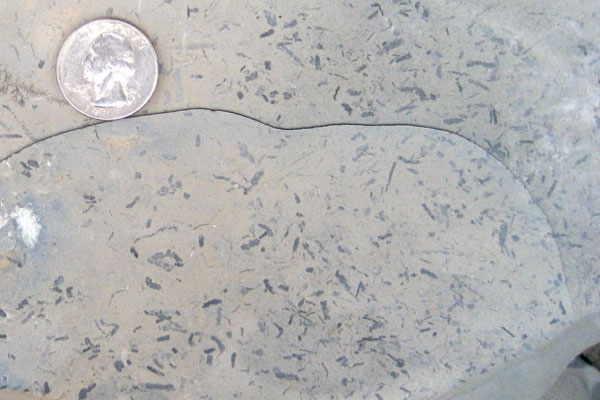
Collaborators
Interested students should contact Dr. Benjamin Gill for more information about these graduate opportunities.